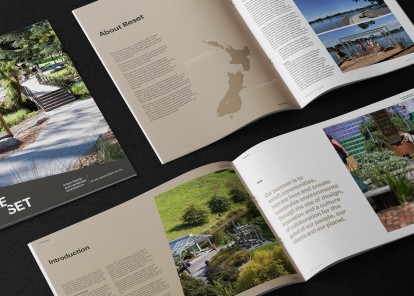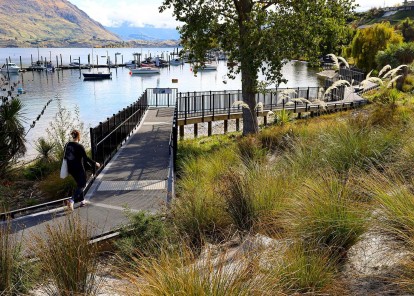Goodwood Farm holds New Zealand's second oldest barn
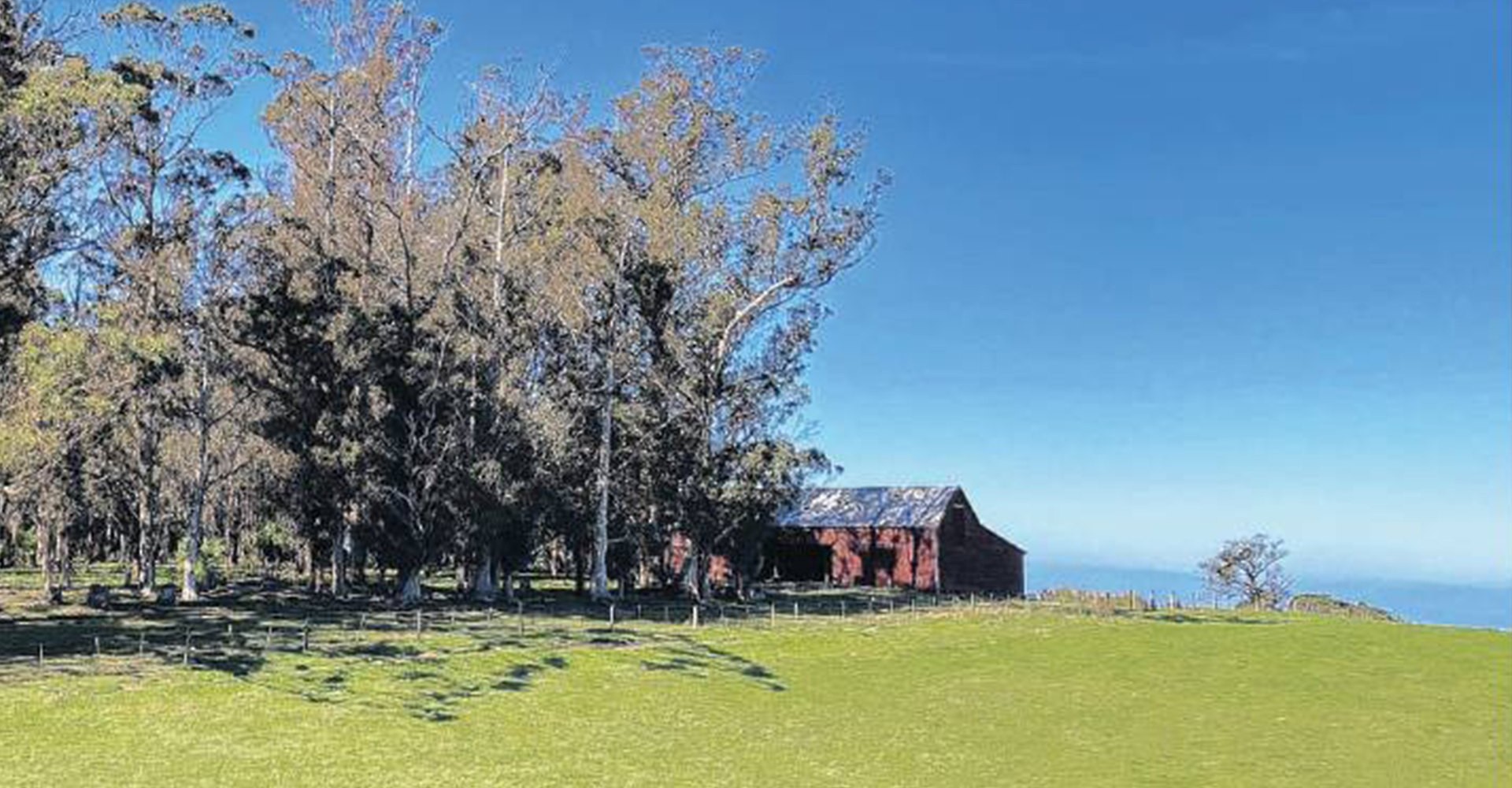
They say an acorn doesn’t fall far from the tree. That might well have been the case for me when I recently visited Goodwood Farm, at Waikouaiti, on the East Otago coast.
My great-great-great-grandfather Samuel Henry Coates was one of the builders of a remarkable barn that still stands today and is a listed Category One Heritage building — the second oldest barn in the country.
Coates had arrived in the Bay of Islands in 1837, at age 15, and later witnessed the signing of the Treaty of Waitangi before helping build the mission house in Tologa Bay for Reverend Charles Baker.
He then travelled to Port Nicholson/Wellington where he assisted with building a new wing of Barretts Hotel that stood on the foreshore of Lambton Quay, for the Swedish sea captain Charles Suisted.
Prompted by the earthquakes and the opportunity to introduce sheep farming to the lower South Island, Suisted sent a crack team of builders, a brick maker and a blacksmith to his recently acquired 550-acre farm just north of Pleasant River.
The team arrived ahead of the Suisted family in May 1849.
Coates and team cut down and pit sawed kahikatea (white pine) and totara for the columns and beams. For the cladding they used kauri planking from the North Island.
Sitting on a commanding vantage point with panoramic views, the 10m by 21m barn structure features a two-level gable with dormer windows and a lean-to housed the implements.
Sandstone paving slabs brought in from Sydney form the floor. Stables were on the western side with two rooms either end for storage. Bricks were fired using clay from the site to form two chimneys.
The barn is painted red on the exterior (a tradition in Scandinavia) and was originally whitewashed blue and red on the interior.
The detailing shows superb craftsmanship, including morticed and pegged joints, and there are decorative covers to the angle bracing of the columns that feature Swedish designs.
The Suisted family of 15 lived in the barn for a year while their 16-room house was built nearby. The house was a Swedish design in a U-shape with a central courtyard flanked by lawn and planted oaks and blue gums.
Below, in a small valley, a large orchard was planted to supply the household.
Within several years the farm was cropping 100ha of wheat, with a flock of more than 2000 sheep, 100 horses and 200 cattle.
Suisted was a great host to visitors and a benevolent employer.
His farming enterprise was certainly ahead of its time. Although he struggled with the distance from markets, wool provided a stable income.
After setting it up, he sold the property in 1857 to return to Wellington. The house, a unique example of Swedish architecture, was dismantled in the 1930s for its value in timber.
Goodwood Farm and the nearby Johnny Jones Farm, at Matanaka, were the first farms in Otago to pioneer the shift from whaling to agriculture.
They introduced large-scale agriculture to the region and helped feed the fledgling settlement of Dunedin.
Many of the farm workers would go on to own and develop their own smaller farms, further disseminating farming know-how and widening the support infrastructure that would spread across most of the province.
Samuel Coates spent a year building at Johnny Jones’ farm, then helped build John Cargill house, the McAndrews Reynolds retail building and other early shops and mansions in Dunedin.
Today, the barn is in very good condition, considering it is 174 years old. Although altered in places (dormer windows and chimneys have been removed), it is possible to still see the original pencil markings for aligning the timber joins.
I am most thankful to Barbara and Stephen Kensington, the current owners, for showing me the property and for their care and keen interest in the heritage of the place.
Perhaps next year could be made into an occasion to celebrate the 150 years, since the barn was built.
We have so little of our early heritage. This barn is a real touchstone for the region.
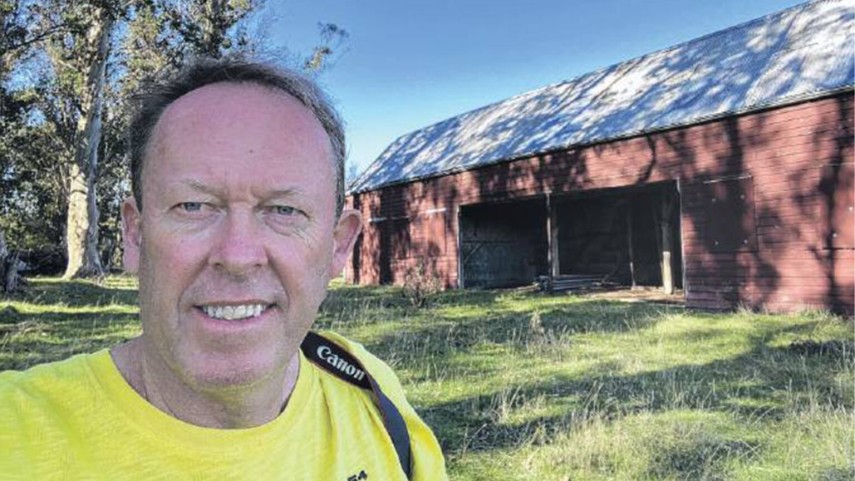
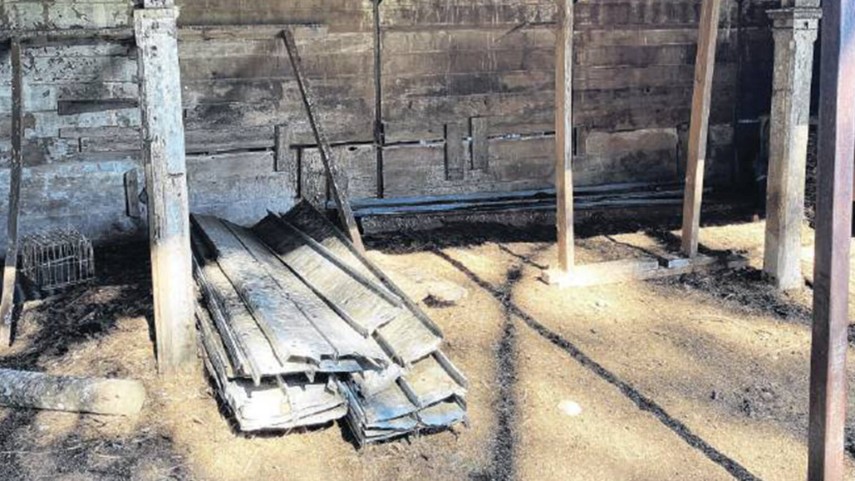
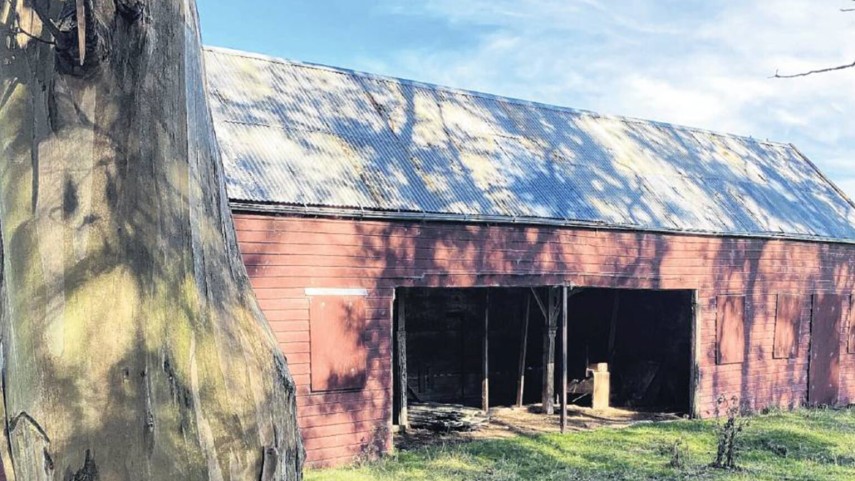
Published
6 June, 2023
Author
Garth Falconer
More articles Pitopito kōrero
Practice Tikanga
At Reset, we offer a broad scope of services within the specialist areas of Urban Design and Landscape Architecture. We also actively engage in research and have contributed two published books on the history of design in New Zealand.

